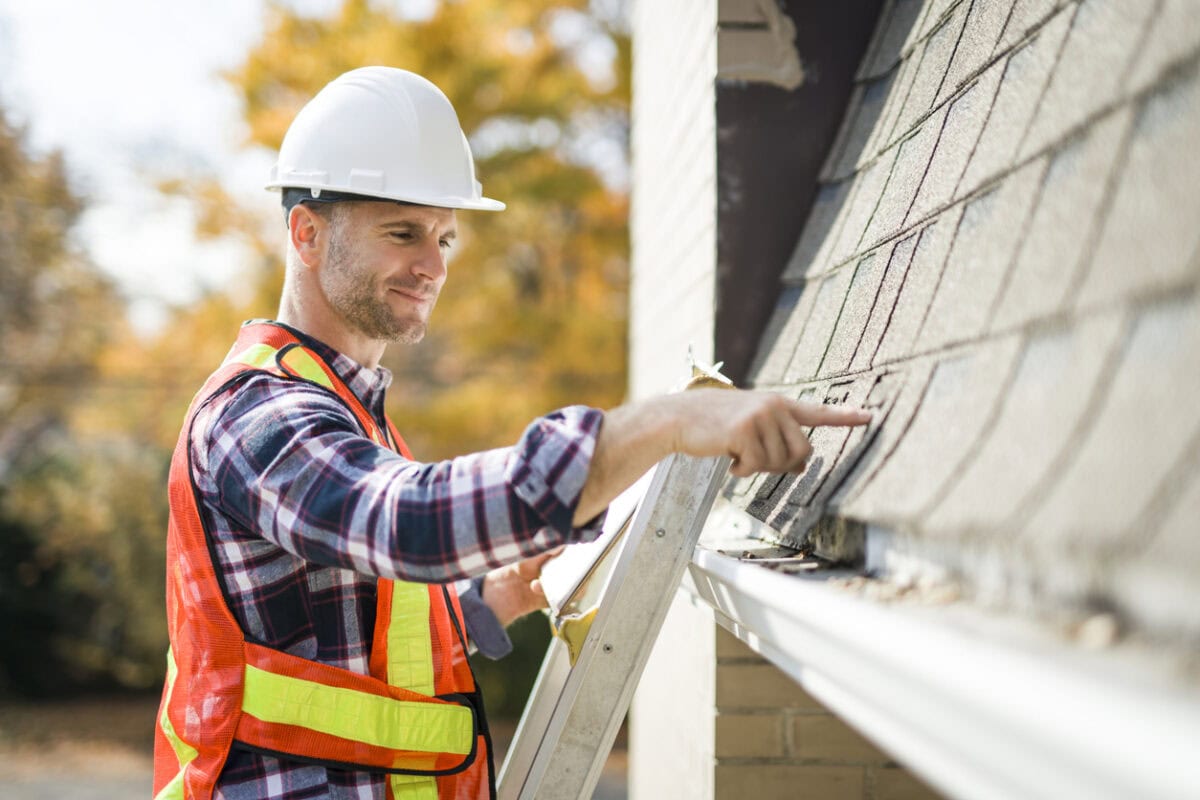Comprehensive Sliding Glass Door Terms and Definitions

When it comes to sliding glass door terms, understanding the right terminology can make a big difference in choosing, installing, or maintaining one. From the “active panel” to “weatherstripping,” here’s a guide to the most common sliding glass door terms and definitions that can help you navigate the options and features of these popular doors.
Key Sliding Glass Door Terms and Definitions
Active Panel: The sliding panel of a sliding glass door that moves to open and close.
Adjustment Screw: A screw used to adjust the height or alignment of the sliding glass door panel.
Aluminum Track: The track made of aluminum that the sliding glass door moves along.
Astragal: A vertical strip attached to one of a pair of double doors to seal the gap between them.
Ball Bearing Roller: A type of roller with ball bearings for smoother operation and increased durability.
Bottom Track: The track at the bottom of the sliding glass door that guides the movement of the door.
Bypass Door: A sliding door system where two or more doors slide past each other on parallel tracks.
Cam Lock: A locking mechanism that uses a rotating cam to secure the door.
Casement: A window or door frame that is attached to the structure with hinges.
Cavity Slider: A sliding door that slides into a cavity within the wall.
Cladding: A covering or coating on the exterior of a door to provide additional protection and enhance appearance.
Concealed Track: A track system that is hidden from view, providing a cleaner look.
Counterweight: A weight used to balance and assist in the smooth operation of a slidingdoor.
Cremone Bolt: A type of locking mechanism with a vertical rod that engages at the top and bottom of the door frame.
Cylinder Lock: A lock with a cylinder mechanism, often used for additional security.
Damper: A device used to slow down and cushion the closing of a sliding door.
Divided Lite: A door design with multiple small panes of glass separated by muntins.
Door Catch: A device that holds a sliding door in the closed position.
Door Frame: The structure that surrounds and supports the sliding glass door.
Door Handle: The handle used to open and close a sliding glass door.
Door Jamb: The vertical parts of the door frame where the door is mounted.
Door Roller: The wheel or roller that allows the sliding glass door to move along its track.
Door Seal: Material used to seal the edges of the door to prevent drafts and improve energy efficiency.
Double Glazing: Two layers of glass with an air or gas-filled space between, providing better insulation.
Edge Pull: A recessed handle that allows the door to be pulled open from its edge.
Energy Star: A certification indicating that a product meets energy efficiency guidelines set by the Environmental Protection Agency.
Espagnolette: A locking mechanism that operates a series of rods to lock the door at multiple points.
Exterior Sliding Door: A sliding glass door that leads to the outside of a building.
Fixed Panel: The stationary panel of a sliding glass door that does not move.
Flush Pull: A handle that sits flush with the surface of the door, providing a sleek look.
Frosted Glass: Glass that has been treated to have a frosted appearance, providing privacy while allowing light to pass through.
Glazing Bead: A strip that holds the glass pane in place within the door frame.
Grille: A decorative grid that divides the glass into smaller panes.
Handle Set: The complete set of handles, locks, and other hardware for a sliding glass door.
Head Track: The top track that guides the sliding glass door.
Heavy-Duty Roller: A stronger, more durable roller designed for heavier sliding glass doors.
Insulated Glass: Glass with multiple layers to improve energy efficiency and reduce noise.
Interlock: The area where the sliding and fixed panels meet, often with a mechanism to lock them together for security.
Keyed Lock: A lock that requires a key to operate, providing additional security.
Laminated Glass: Glass with a plastic interlayer that holds the glass together if it breaks, providing safety and security.
Lift and Slide: A sliding door system where the door lifts slightly off the track to slide open, providing a tighter seal when closed.
Low-E Glass: Glass with a coating that reduces heat transfer, improving energy efficiency.
Magnetic Catch: A magnetic mechanism that holds the sliding glass door closed.
Mortise Lock: A lock mechanism that is installed within a pocket in the door.
Multi-Point Locking System: A locking system that secures the door at multiple points along the frame.
Muntin: A bar that separates and holds panes of glass in a door or window.
Noise Reduction: Features or materials that reduce the amount of noise entering through the door.
Ogee: An S-shaped curve often used in molding profiles for decorative effect.
Palladium Door: A sliding glass door with a curved top, often used in high-end or custom designs.
Panel: The flat or raised sections of a sliding glass door.
Patio Door: Another term for a sliding glass door, typically leading to a patio or deck.
Pocket Door: A sliding door that slides into a pocket within the wall, hidden when open.
Pull Handle: A handle used to pull a sliding door open.
Rail: The horizontal parts of a sliding glass door frame.
Recessed Track: A track that is set into the floor, providing a seamless transition between rooms.
Reeded Glass: Glass with a textured surface, providing privacy while allowing light to pass through.
Roller Assembly: The complete set of rollers and housing that allows the sliding door to move.
Safety Glass: Glass that is treated to be safer if it breaks, such as tempered or laminated glass.
Screen Door: A door with a screen to allow ventilation while keeping insects out, often used with sliding glass doors.
Security Bar: A bar placed across the sliding door to prevent it from being opened fromthe outside.
Side Lite: A narrow window located next to a sliding glass door.
Sliding Panel: The part of the sliding glass door that moves to open and close.
Sliding Track: The track that the sliding glass door moves along.
Soft Close: A mechanism that gently slows and closes the sliding glass door to prevent slamming.
Solar Heat Gain Coefficient: A measure of how much solar radiation passes through the door, affecting indoor temperature.
Spacer Bar: A bar that separates panes of glass in double or triple glazing.
Stainless Steel Track: A durable track material that resists rust and corrosion.
Stile: The vertical parts of a sliding glass door frame.
Tempered Glass: Glass that has been heat-treated to be stronger and more resistant to breakage.
Threshold: The bottom part of the door frame that sits on the floor and provides a transition between the interior and exterior.
Tinted Glass: Glass that has been treated to reduce glare and heat from the sun.
Top Hung: A sliding door system where the door is suspended from the top track, reducing friction and providing smoother operation.
Track: The guide that the sliding glass door moves along.
Transom Window: A window above a door, often used to allow additional light into a room.
Triple Glazing: Three layers of glass with air or gas-filled spaces between, providing superior insulation.
Two-Track Sliding Door: A sliding door system with two parallel tracks, allowing multiple panels to slide.
U-Channel: A channel-shaped track used for guiding sliding glass doors.
Weatherstripping: Material used to seal the gaps around a sliding glass door to prevent drafts and improve energy efficiency.
Wood-Clad Door: A door with a wood exterior and a different material core, offering the look of wood with enhanced durability.
Z-Bar Frame: A type of door frame with a Z-shaped cross-section, providing strength and support.
Share this post



